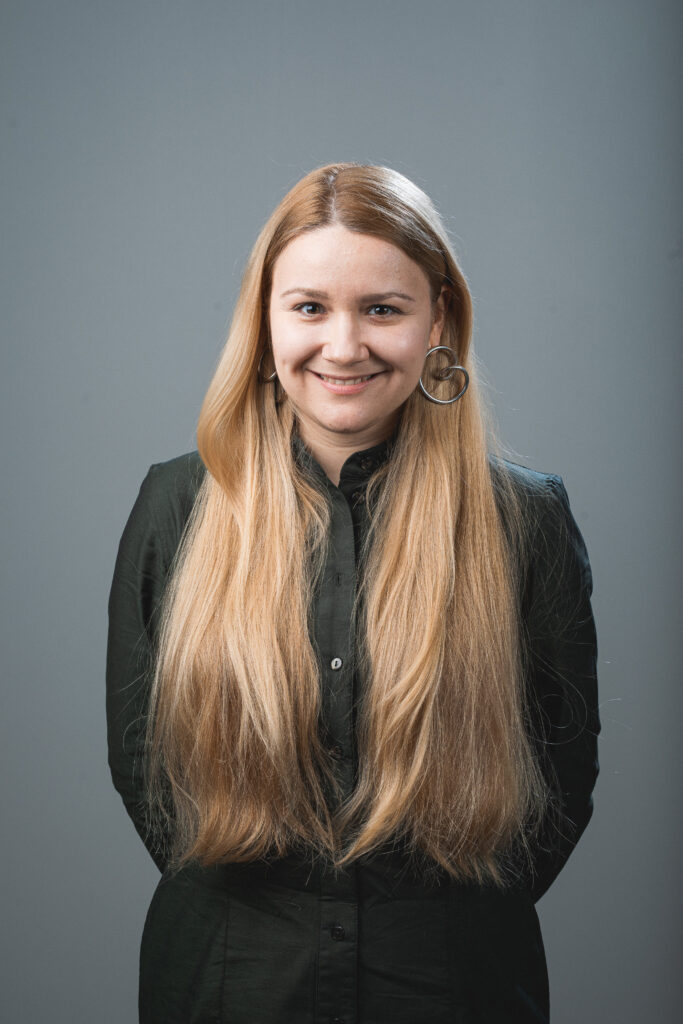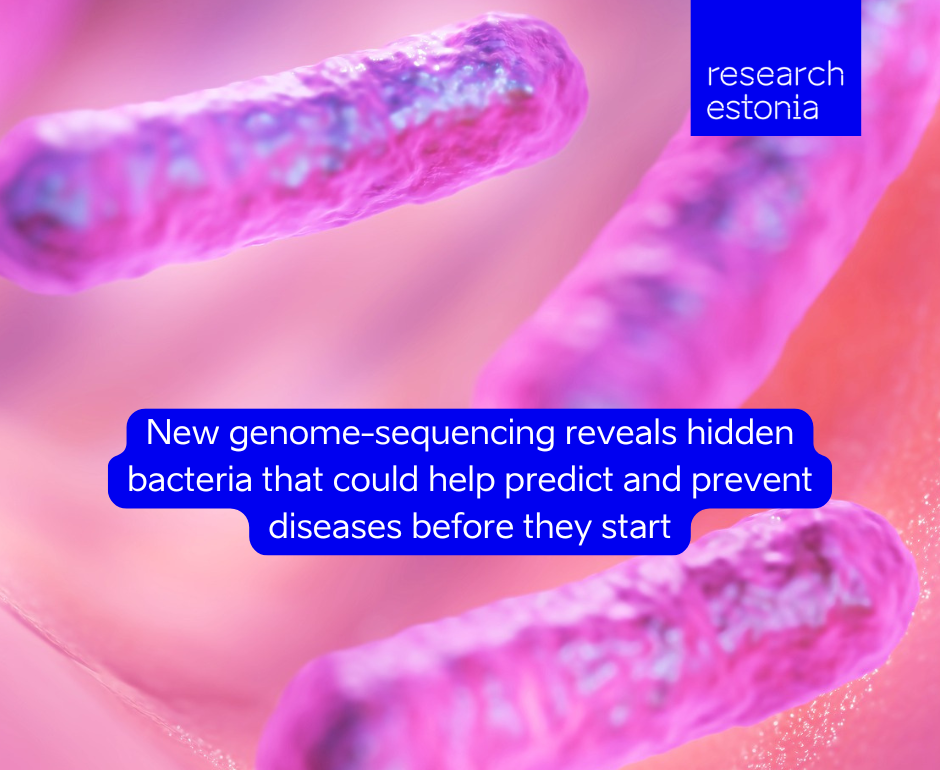Advanced genome reconstruction techniques recently revealed a vast diversity of new bacteria. A recent study suggests that previously elusive bacteria may also have a greater impact on human health, suggesting their inclusion could improve public health.
Your skin, gut, and mouth harbor bacteria and other microorganisms. Before the genome sequencing era, scientists struggled to study the tiny bacteria we couldn’t see or understand. As such, they mainly focused on harmful bacteria that caused diseases, while the helpful bacteria that supported our health were often overlooked. New genome-sequencing technologies have changed everything.
Thanks to this technology, scientists can directly reconstruct bacterial genomes. What used to take years of lab work can now be done in months or even weeks using DNA sequencing to uncover important details about our microbial friends. By studying their genomes, we can predict how these bacteria look like, what they eat, and how they’re related to other known bacteria. We can also learn if they produce helpful or harmful substances.
This information makes it easier for the scientists to cultivate bacteria in the lab, allowing us to verify our genome-based hypotheses with microscopic observation. Crucially, we can now add these genomes to our collections, which enables us to detect the presence of these bacteria in future samples.

Since each person has a unique bacterial community, bacteria from one person may not fully represent the microbiome of another. Thus, we can imagine creating a collection of bacterial species from a large portion of people in Estonia. The Estonian Biobank, one of the largest in Europe, contains genomic data of more than 20% of the adult population of Estonia as well as their microbiome samples.
Using advanced methods, I pieced together the genetic information from bacteria. After many hours of powerful computer analysis, I reconstructed over 84,000 genomes. I grouped similar genomes and identified 2,257 species clusters, 327 of which represented completely new, unknown species.
We need more research to determine whether these new species are unique to Estonia or were overlooked due to the limited number of similar studies conducted. Either way, it’s fascinating to be the first person to identify a completely new bacterium.
The ultimate goal of microbiome research is to understand how bacteria affect our health, and the resources of the biobank allow us to pursue this objective. After reconstructing the bacteria from participants’ guts, we create a comprehensive catalog of bacteria present in our population. Next, we examined 30 common diseases to identify associations between them and bacterial species.
In total, we discovered 41 significant associations spread across 15 diseases, nine of which were linked to newly identified species. Notably, for heart failure, the most significant association was with a new bacterium from the CAKTXU01 genus. This finding would have been impossible without first identifying new bacteria. It’s important to note that an association between bacteria and a disease does not imply causation.
The bacteria may not cause the disease; instead, the disease could change the microbiome. Nevertheless, this information can help us predict disease progression in its early stages. By combining these predictions with lifetime genetic risk assessments based on the human genome, we move closer to more accurate disease forecasting. If used widely, this approach could reduce disease cases through timely prevention, shifting medicine’s focus from treatment to proactive care and improving overall health.
Despite its potential, this approach faces several obstacles, including technical hurdles and challenges in engaging participants. These advances in disease prevention can only happen if a substantial part of the global population actively participates. Engaging people in a research program and building infrastructure that benefits the entire population by preventing diseases and improving overall health go beyond just conducting studies. It also requires a strong social commitment.
One of the biggest challenges we still face is figuring out how to turn scientific breakthroughs into real-world solutions that people can benefit from in their everyday lives.
Author of this article is Kateryna Pantiukh from University of Tartu. Editor Jaan-Juhan Oidermaa.
Article written for the contest “Science in 3 minutes” organised by Estonian Academy of Sciences and The Estonian Young Academy of Sciences (EYAS). Main sponsor of the competition is Inclusive Financial Technology Foundation.
If this microscopic glimpse into the world of bacteria has you buzzing with curiosity, don’t let it fizzle out—multiply your knowledge by checking out our next article on the surprising superpowers of these tiny creatures! Read more about how Antibiotic usage can damage the protective mucus layer in the gut!
 Back
Back



